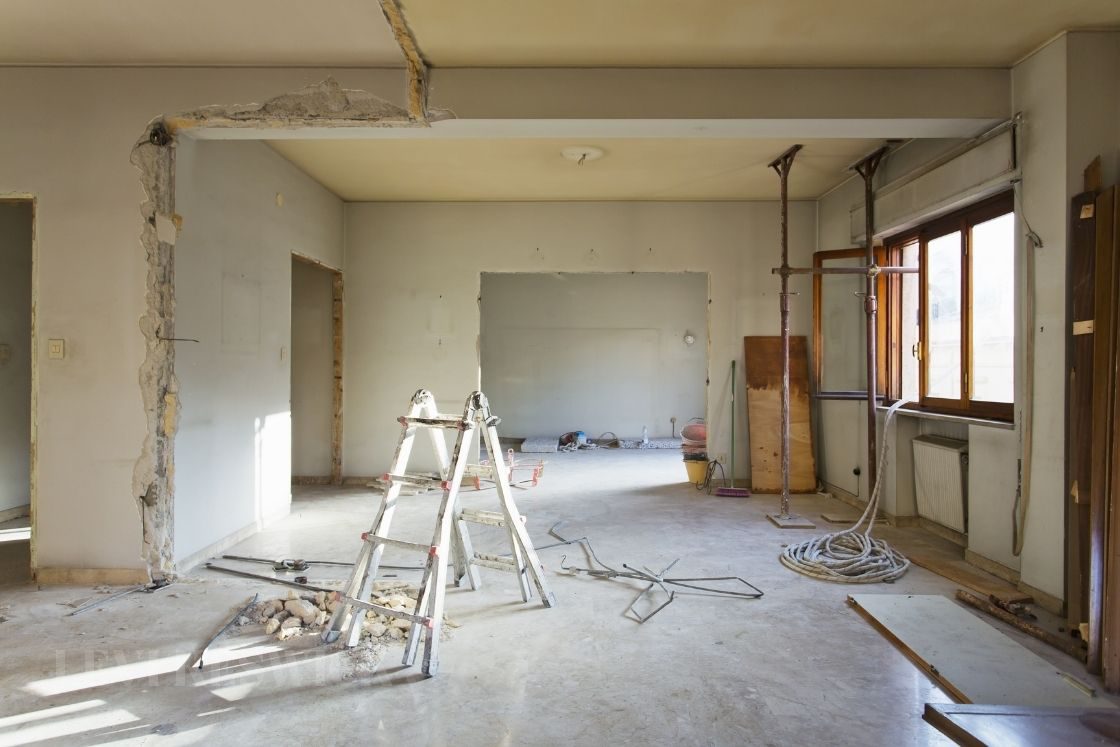There’s so much to anticipate when you purchase an old home: the character, the charm, the renovations. Some people may consider renovations to be more of a stressor than a source of excitement, but seeing the space’s potential and watching a vision become reality is one reason why others view renovations as a positive endeavor. To keep your perspective grounded yet hopeful, consider our tips for renovating an old house.
Lay the Foundation
Hiring a professional home inspector is the first step in any renovation project, especially when that renovation is in an old house. The inspector should check:
- The electrical, plumbing, and HVAC systems
- Windows
- The roofing
- The foundation
- Structural components
You should complete any repairs or replacements before you move on to the next steps.
Consider the History and Style
Depending on your plans for the home, taking the house’s history and style into consideration is an excellent idea. For example, if your home is a 1902 craftsman-style home, considering replacing any mismatched hardware installed by the previous owner with period-specific hardware.
Consider Any Recent Renovations
If the previous homeowner completed any renovations, such as installing ceiling panels and panel lights or carpeting, take these into account. A glimpse above the ceiling panels or beneath the carpet could unlock a treasure. You could find gorgeous hardwood floors, higher ceilings, or even hidden rooms.
Save Your Windows
Ripping out all the home’s old windows and replacing them with new ones might sound appealing, but this may not always be the best idea. New windows lack the character and craftsmanship found in older windows. However, making the old window just like new is entirely possible by simply:
- Replacing any missing, broken, or worn components
- Adding weatherstripping
- Replacing glass if necessary
If sustainability is on your mind, you can boost your home’s environmental friendliness while keeping your old windows by:
- Making the repairs and replacements suggested above
- Installing roller shades
- Hanging insulated curtains
Keep the Plaster
One mistake many homeowners make when renovating old homes is removing the original plaster. Believe it or not, this plaster is part of what adds to your home’s historic appearance and value. If you need to make repairs such as filling in cracks or replacing damaged sections, consider using more plaster instead of drywall.
Save the Hardwood
Covering up damaged, weathered, or otherwise unsightly hardwood flooring may be tempting, but try your best to salvage your floors! Sometimes a little elbow grease does the trick, while other times, hiring a professional hardwood restoration company may be beneficial. However, there are times when it’s truly time to replace your hardwood floors. If you do need to replace your flooring altogether, consider finding as close a match as possible to the original hardwood.








